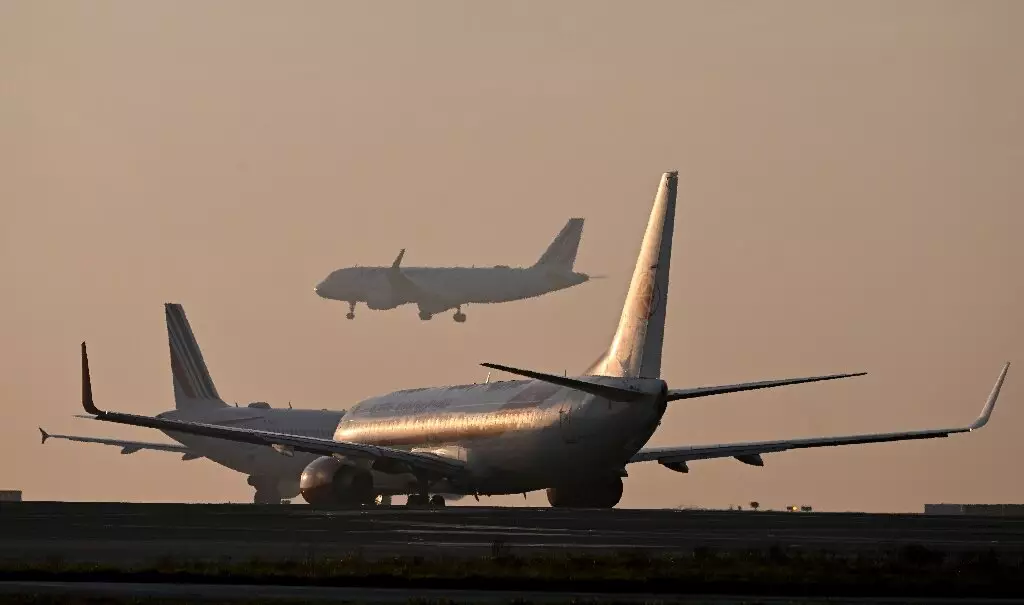The International Air Transport Association (IATA) announced that airlines will fly a near-record 4.35 billion passengers this year, and the industry is expected to post net profits of $9.8 billion in 2023, which is double the previous estimates. However, despite this positive outlook, the industry’s post-pandemic recovery remains fragile. The IATA also revised its estimated losses for 2022, which were half as bad as previously estimated at $3.6 billion.
IATA director general Willie Walsh stated that the airline financial performance in 2023 is beating expectations, and stronger profitability is supported by several positive developments. Walsh added that China lifted COVID-19 restrictions earlier than anticipated, and jet fuel prices have moderated over the first half of the year, although they remain high. Inflation surged worldwide in February 2022 due to Russia’s invasion of Ukraine, which sent energy costs soaring. However, oil and natural gas prices have fallen since then, providing some relief on the cost side.
The desire to travel has not diminished despite elevated fuel costs, and airlines transported a record 4.54 billion people in 2019 before COVID brought travel to a standstill. The industry lost $137 billion in 2020 when countries imposed lockdowns and closed borders, followed by another $42 billion in 2021. As China, a major market, continued to enforce COVID restrictions, the industry was still in the red last year until the restrictions were lifted in December.
Total revenues are expected to grow to $803 billion this year, up almost 10 percent from 2022. While the industry as a whole will turn a profit, the net-profit margin will be just 1.2 percent, amounting to $2.25 per passenger. The IATA represents around 300 airlines accounting for 83 percent of global air passenger traffic, and it predicts that net profit will rise to $11.5 billion for North American air carriers, $5.1 billion for Europeans, and $2 billion for those from the Middle East. However, Asian, Latin American, and African airlines will remain in the red.
Airlines will face a total fuel bill of $215 billion this year, or $98.5 per barrel, according to the IATA. This is down from the average cost of $135.6 in 2022, and fuel will account for 28 percent of the costs that airlines face this year, compared to 24 percent in 2019. After deep COVID-19 losses, even a net profit margin of 1.2 percent is something to celebrate, according to Walsh. However, repairing damaged balance sheets and providing investors with sustainable returns on their capital will continue to be a challenge for many airlines.
Factors That Could Affect Industry Profitability
The IATA said that industry profitability is “fragile” and could be affected by several factors, including an interest rate hike by central banks fighting inflation. The risk of recession remains, and if it leads to job losses, the industry’s outlook could shift negatively. While the war in Ukraine is not having a major impact on the profitability of most airlines, an escalation would likely hurt global aviation. The IATA noted that broader geopolitical tensions are weighing upon international trade, and any escalation of such tensions represents a downside risk to the industry outlook.
Supply chain issues, which have plagued global trade since the pandemic, are still being felt. The IATA said that aircraft parts supply chain ruptures, which aircraft and engine manufacturers have failed to sort out, have directly impacted airlines.
While the airline industry predicts a near-record 4.35 billion passengers this year and a net profit of $9.8 billion in 2023, the industry’s recovery remains fragile. Factors such as interest rate hikes, geopolitical tensions, and supply chain issues could affect industry profitability. Repairing damaged balance sheets and providing investors with sustainable returns on their capital will continue to pose a challenge for many airlines.


Leave a Reply